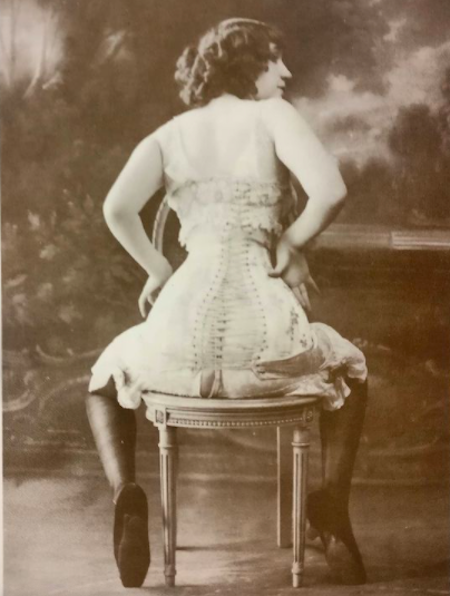Click here to print
Representing Sexuality through Film in Toronto
posted November 4, 2021
When films and other media depict unfamiliar forms of sexuality, that may surprise some viewers and even shock them, but it can also thrill others who see themselves represented.
It can provide those viewers with a sense of validation that acts as a welcome tonic to the sorts of disapproval they may commonly encounter.
Promoting understanding and acceptance, as well as providing avenues to solidarity, are among the goals of the Sexual Representation Collection at the University of Toronto, says Patrick Keilty, who oversees the collection, which is held within the Mark S. Bonham Centre for Sexual Diversity Studies.
“The centre is basically the University of Toronto LGBT studies program,” says Keilty, an associate professor of information at the University of Toronto.
But among such programs and centers, it’s clearly an unusually expansive one, as its housing the Sexual Representation Collection illustrates.
Key items in the collection include a large group of films of a kind that would have invoked confiscation and even prosecution in many countries until quite recently — indeed that still would, today, in plenty.
Recently arrived via truck from Boston, for instance, is archivist Alfred Steg’s donation of about 600 8mm and 900 16mm burlesque, stag, peepshow, nudist, and “hardcore” films made between 1920 and 1980.
Such gifts demonstrates the growing acceptance among public institutions of acquiring private collections once blushingly considered…well, not quite proper.
A Long History
The University of Toronto has had a sexual-representation collection for almost 40 years. The late professor Brian Pronger started it informally, to support his research. While preparing a book about commercially produced gay porn he became ill in the 1990s and had to retire.
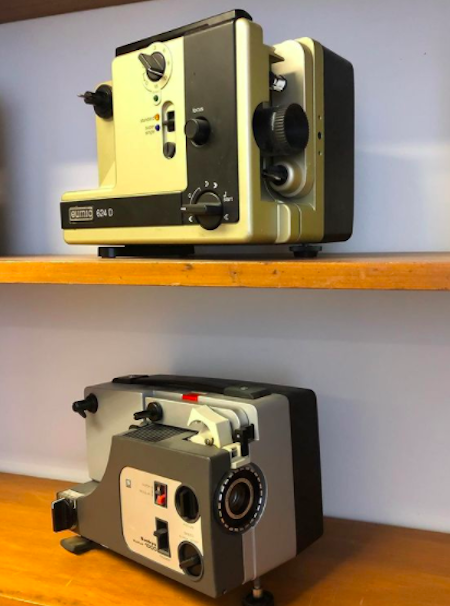 That left the university uncertain how to proceed. It initially didn’t want Pronger’s large collection, Keilty says. At that time, of course, the cultural politics around porn were quite different to today’s. The Canadian Supreme Court, in R v Butler of 1992, ushered in fresh a legal interpretation of porn, although the ruling was ambivalent. The Court found that porn films were expression, and thus protected; in fact, the Court concluded, adopting a sort of film-theorist perspective, that film was just as expressive as written literature — in both a series of editorial decisions shaped the product.
That left the university uncertain how to proceed. It initially didn’t want Pronger’s large collection, Keilty says. At that time, of course, the cultural politics around porn were quite different to today’s. The Canadian Supreme Court, in R v Butler of 1992, ushered in fresh a legal interpretation of porn, although the ruling was ambivalent. The Court found that porn films were expression, and thus protected; in fact, the Court concluded, adopting a sort of film-theorist perspective, that film was just as expressive as written literature — in both a series of editorial decisions shaped the product.
Although it found laws against obscenity would breach freedom of expression, the Court also handed customs enforcement agents room to prevent “obscenity,” vaguely defined, from entering the country.
Subsequently, says Keilty, organizing by publishers, librarians, and particularly bookstores led to court actions that chipped away at such restrictions. The Butler ruling had itself left wiggle room that reflected social and cultural ambivalence: it differentiated, for example, between notions of harmful, hateful, anti-woman porn and porn that celebrates female sexuality. (It did not, however, stretch to waxing aesthetic about depictions of gay mens’ sexuality.)
Eventually Pronger’s collection served as the basis for Toronto’s Sexual Representation Collection which by now has greatly expanded. Recent additions include collections that two North American universities didn’t want to house, one of male erotica from the 1940s to 1960s. The collection serves a role in representing some of the broad range of human sexuality; it also informs the work of scholars in a wide array of fields: labor studies, cinema studies, media histories and technologies, the nature of archives, the rhetorics of representation, and much else.
Acquisitions come to the collection sufficiently dependably that the center doesn’t need to go looking for them, but rather is able to obtain additions through its own networks of users and supporters, Keilty says. “Many people who collect pornography even on a large scale don’t always have the capacity for long-term preservation,” he says.
He adds that Toronto’s housing the collection demonstrates a real commitment to studies of such material, because even archival-quality storage boxes and access to the university’s offsite cold-storage facilities don’t come cheaply.
The Purposes of the Collection
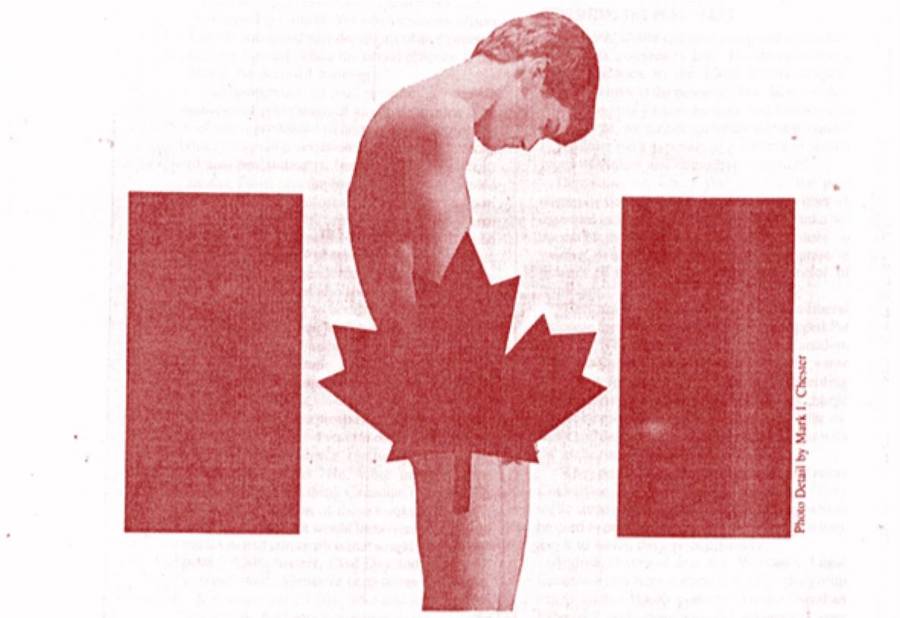 The Sexual Representation Collection is Canada’s largest collection of sex work history and adult film history. It has a particular focus on feminist, queer, trans, and “kink” sexual cultures, and currently holds about 1,500 8mm and 16mm films, 3,000 AIDS-era VHS tapes, 1,000 AIDS-era magazines, hundreds of photographs and negatives, and 300 linear feet of personal papers, reports, art, “kink” objects, and unique ephemera dating from 1907 to the present.
The Sexual Representation Collection is Canada’s largest collection of sex work history and adult film history. It has a particular focus on feminist, queer, trans, and “kink” sexual cultures, and currently holds about 1,500 8mm and 16mm films, 3,000 AIDS-era VHS tapes, 1,000 AIDS-era magazines, hundreds of photographs and negatives, and 300 linear feet of personal papers, reports, art, “kink” objects, and unique ephemera dating from 1907 to the present.
Among its many highlights, the SRC contains Latin American silent-era stag films (1907–1920s), 100+ US pre-war hardcore films; hundreds of US coin-op peepshow films; hundreds of US and Canadian 1950s beefcake photographs; commercially produced VHS tapes from India and Pakistan (1980s-1990s); Japanese-language materials (1970s–1990s); commercially produced AIDS-era gay male pornography from Mexico, the US, and Canada (1980s–1990s); and the personal papers of journalists, activists, sex workers, adult film producers, adult film studio executives, and sex shop owners related to the global history of sex work and the legal regulation of obscenity in Canada.
The material is useful for a range of academic areas of study. That’s clear from Keilty’s own publications, which have covered such topics as embodiment and technology, data science, the history of information retrieval, design and experience, graphic design, temporality, and sexual taxonomies.
His research examines such issues as the strategic choices designers make to structure and regulate sexual desire. The designers do that through such means as designing algorithms that lead viewers to search for an “imagined perfect image.” As that suggests, such studies may involve analysis of visual aspects of films, and of technical literatures. They may also take in theories of desire, and interviews with software programmers, interface designers, data scientists, and sex workers.
So, the research spans many fields: visual culture, sexual politics, science and technology studies, media studies, information studies, political economy, critical theory, theories of gender, sexuality, and race…
The Politics of Such Collection
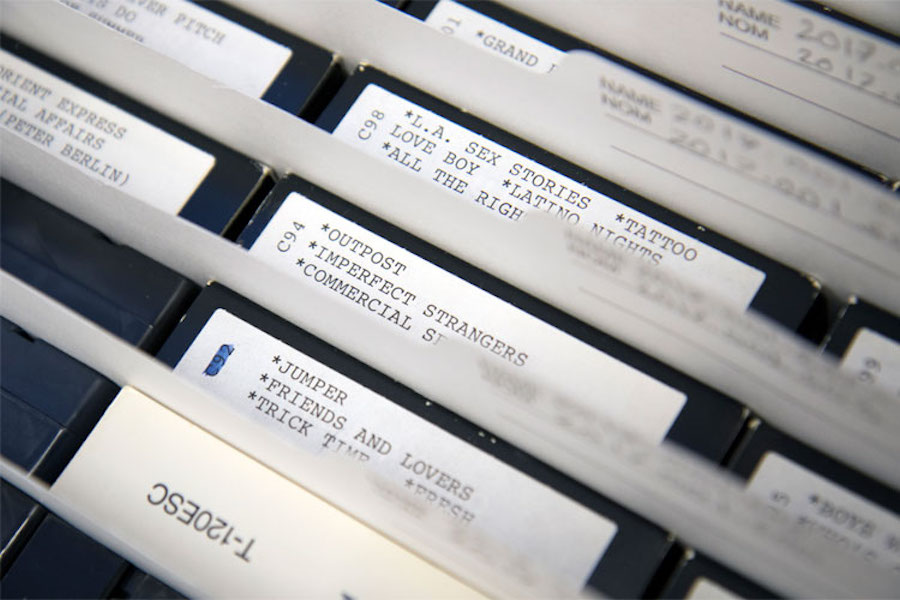 Keilty says his and colleagues’ research is “a very niche part of film and media studies and it’s often overlooked and underappreciated and faces a number of challenges unique to it.” He appreciates, he says, the support his unit has received from the university’s librarians as well as deans and other senior administrators who have consistently heard him out when questions have been raised.
Keilty says his and colleagues’ research is “a very niche part of film and media studies and it’s often overlooked and underappreciated and faces a number of challenges unique to it.” He appreciates, he says, the support his unit has received from the university’s librarians as well as deans and other senior administrators who have consistently heard him out when questions have been raised.
The most trouble he’s had, he says, has been from some of the university’s or university contractors’ IT staff members who have been “very uncomfortable, or rely on outmoded university policy that says that using university technology for pornography is inappropriate use.”
“My job is to try to work within the administrative structures available to me,” he says. For that, he may turn to colleagues around the world in the Adult Film History Scholarly Interest Group of the Society for Cinema and Media Studies, an outgrowth of the emergence of porn studies during the last 20 years.
His support staff at the collection are graduate students, intent on entering the field of study with funding from, for example, Toronto’s Centre for Sexual Diversity Studies which in addition to providing support funding for two staff members, underwrites an annual address in pornography studies. “We’re very lucky,” Keilty says, but adds that projects such as large acquisitions of extensive digitization would have to be funded from grants or similar sources.
Does the collection have to navigate past general public disapproval?
Not really, he says. As the larger, longstanding collection at the University of California at Los Angeles and the major Kinsey collection at Indiana University demonstrate, the prestige of home institutions does provide insulation from public blowback. Of course, he says, “in some parts of the US this would come under enormous scrutiny; you wouldn’t be able to undertake this sort of research.” But he has found that “folks who want nothing to do with us have nothing to do with us.”
What Drew Him?
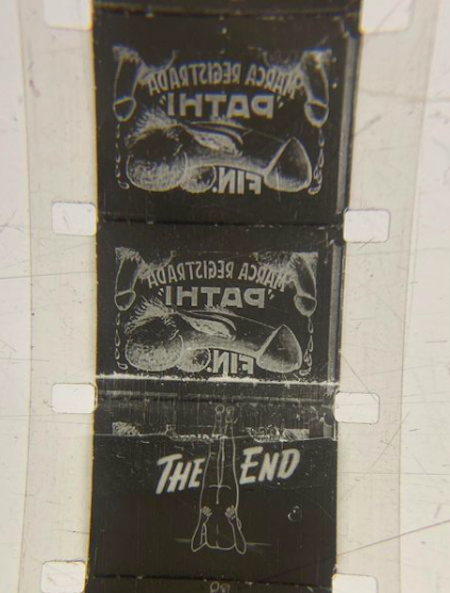 Keilty grew up in the Los Angeles area in the 1980s “discovering he’s gay at the height of AIDS,” as he puts it. That decade also saw the birth of personal computing, and he became fascinated with its possibilities, too, particularly the ways it was “tied to forms of sexual awakening.” For him, as for many people of his generation, the rise of computer technology has had “a social force that has also been deeply personal.”
Keilty grew up in the Los Angeles area in the 1980s “discovering he’s gay at the height of AIDS,” as he puts it. That decade also saw the birth of personal computing, and he became fascinated with its possibilities, too, particularly the ways it was “tied to forms of sexual awakening.” For him, as for many people of his generation, the rise of computer technology has had “a social force that has also been deeply personal.”
He went off to undergraduate studies in Washington DC and became intrigued by policy formation, especially as it related to surveillance laws and other social consequences of technology at that time. Again, the political was very personal: it was a time when many young gay men were taking online their quests for sexual exploration. He says he became increasingly aware of sex as a form of labor, and its interfaces with emerging technologies.
He wrote his doctoral dissertation about technological aspects of the sex industry — specifically, understanding strategic choices that technical staff made at video streaming companies.
“So I’ve always had an appreciation for the media that enabled the porn industry,” he says.
Plans and Developments
Usage of the Sexual Representation Collection suggests that plenty of other scholars of media and related fields could relate similar histories of how they were drawn to such studies. The SRC is a non-circulating collection, and most of its materials are stored off site. But its holdings are open to the public except where materials may be restricted by, for example, donors’ requests, or the condition of the material.
The Collection supports their research by, for example, providing digital research copies of items it holds. Keilty explains that while he and his colleagues can provide digital copies upon request, which saves scholars a trip to Toronto to determine material’s relevance to their project, large-scale digital projects are beyond the collection’s means. In any case, he says, “our goal is not to create a Pornhub of old porn; our goal is to make the stuff digitally available to scholars for their purposes.”
 Keilty has found that some funding agencies are comfortable supporting the collection, some not. “You get to know who is OK with porn and who isn’t,” he says. The federal Social Science and Human Research Council of Canade has been helpful. Some other potential funders, even within the University of Toronto, have never said they never would provide support, but never have.
Keilty has found that some funding agencies are comfortable supporting the collection, some not. “You get to know who is OK with porn and who isn’t,” he says. The federal Social Science and Human Research Council of Canade has been helpful. Some other potential funders, even within the University of Toronto, have never said they never would provide support, but never have.
Again like many archives, digital storage is a challenge. The collection depends on 3TB hard drives while awaiting university server space, in part because digital files of films in the collection ma run to 400GB, exceeding the permissible file size for upload to the university’s cloud services or direct storage on university servers.
The copyright status of many holdings is uncertain, often because the companies that made many of the films were shortlived. That is generally not problematic for the SRC. Canadian law requires only a good-faith effort to show or share films.
As Keilty and his colleagues seek to make their collection more readily and affordably available to scholars and the general public, he says that while many onlookers may consider his area of collecting marginal, and certainly less popular than many areas of filmmaking — “Hitchcock is studied to death!” — he has no doubt that it’s worth pursuing.
It can change social attitudes about sexuality and studies of it. It can advance social movements that even 20 years ago were on shaky ground. And it can provide scholars and students with an opportunity to engage with materials of potential significance and interest, to them. Keilty says: “A silent-era pornographic film from 1912 may inspire them to become film scholars or archivists.”
— Peter Monaghan
Printed from Moving Image Archive News: https://www.movingimagearchivenews.org
URL to article: https://www.movingimagearchivenews.org/representing-sexuality-through-film-in-toronto/
Click here to print
